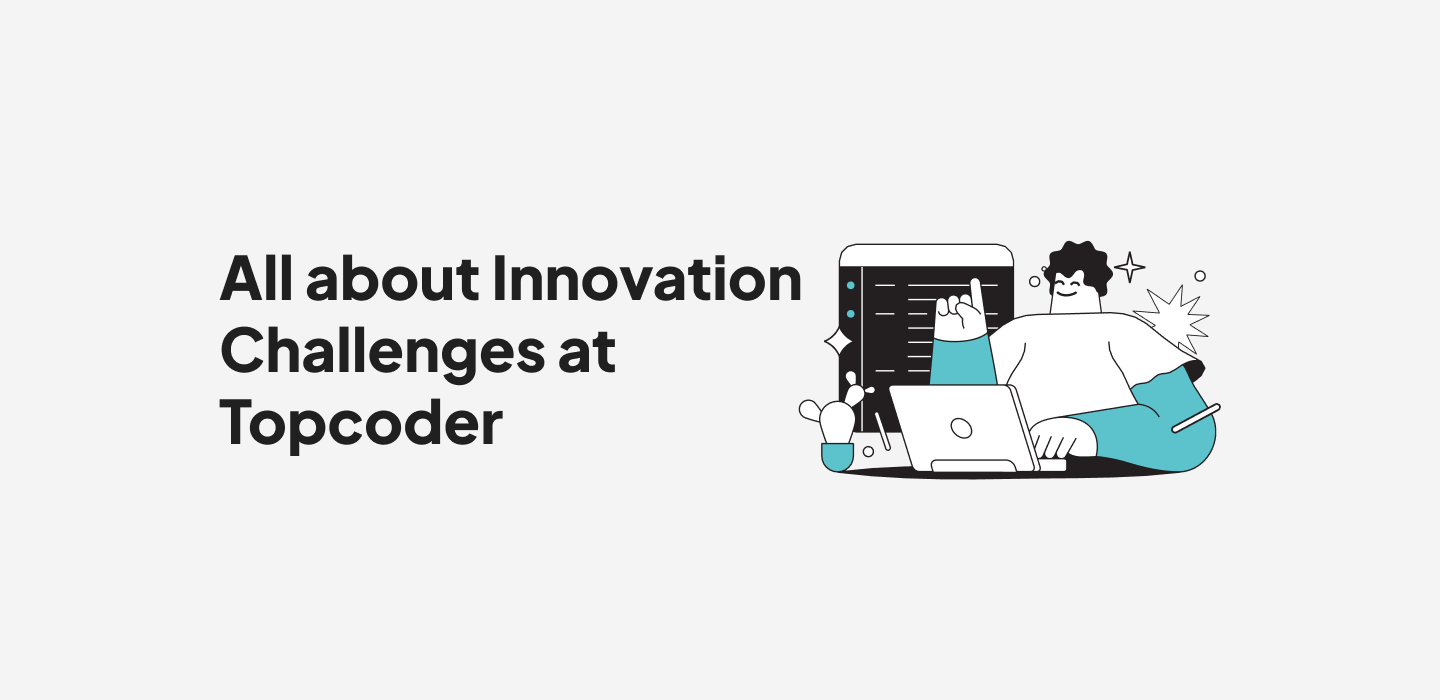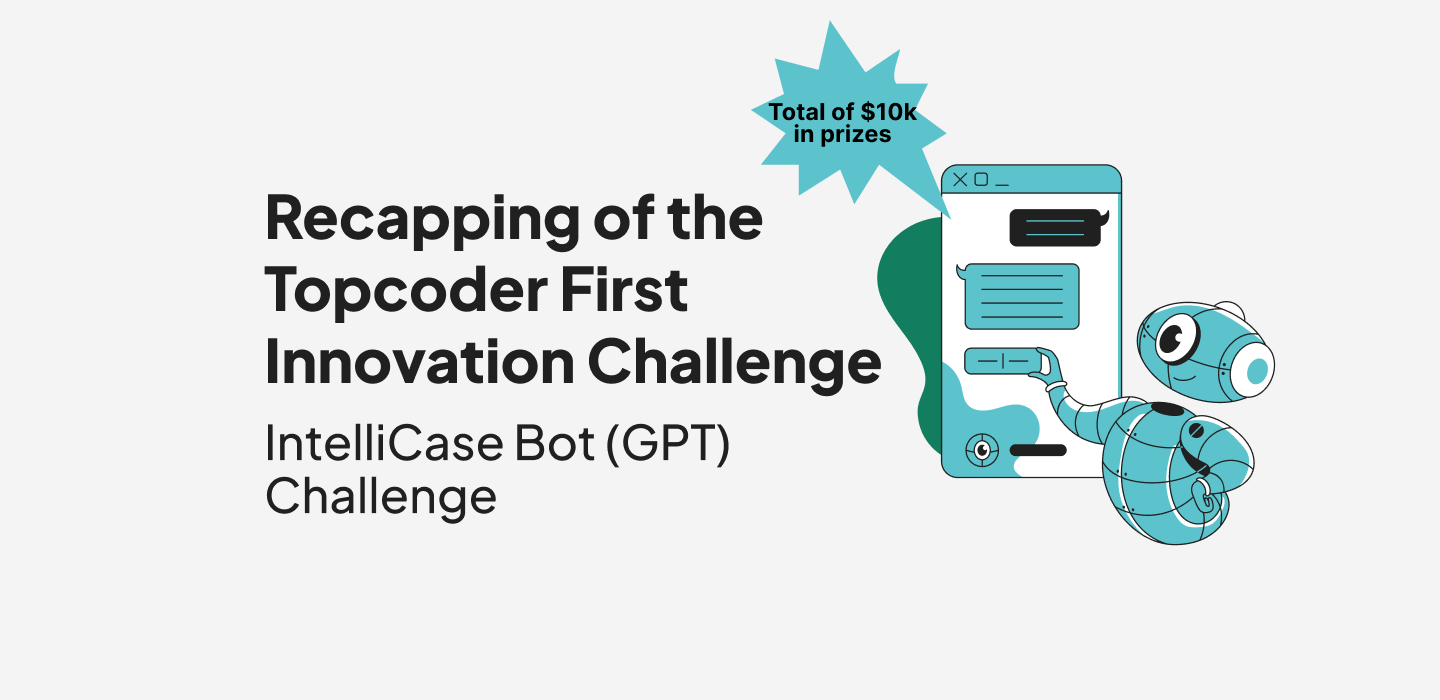December 9, 2023 4 TIPS TO HELP YOUR TEAMS BE OPEN TO NEW MODELS LIKE CROWDSOURCING CHALLENGES AND TALENT ON DEMAND
As management guru Peter Drucker once quipped, “Culture eats strategy for breakfast.” In the case of shifting to open talent models, it’s no different. Establishing a culture conducive to new ways of working can be tricky, but it’s not impossible. All it takes is thoughtful leadership and the following small steps to shift how employees look at problem-solving and the use of outside talent. Reassurance that new open models like crowdsourcing do not threaten one’s job security can go a long way. Here are four tips to create a company culture that supports the adoption of new models, like crowdsourcing challenges and Talent on Demand.
1. PREPARE FOR PUSHBACK AND LISTEN
The hardest thing is shifting one’s mindset. When you disrupt the norm, the typical reaction is to push back against something new. Some common concerns that surface are that outside talent can’t be trusted or isn’t skilled enough. When people are first introduced to open innovation and open talent, they often go toward concerns about work-product quality and control of the end deliverables. Instead, the opposite is true. As problems become more complex and as the pace of technological change accelerates, it becomes more likely that the best people to solve a problem are outside your company. Yet these comments and fears are natural responses, and simply a signal that people feel uncomfortable. It’s important to take time to listen carefully to employee’s concerns before attempting to help them shift their mindsets. Pointing out how they can use outside talent to become more powerful in their own work is one way to reframe these new models as opportunities, instead of as potential threats.
2. TOUCH IN DAILY WITH EMPLOYEES ABOUT THEIR WORK
To start moving from theory to action, talk with your people about their workloads and jobs to be done. Help them identify tasks that can be performed by outside talent, and support their need to access specialized talent on demand or scale their operations. A “yes” answer to any of the following three questions can help employees identify if they need support.
- Is there anything on your to-do list that comes up month after month that you or your manager need to get done?
- Have you been asked about something that you could make a better decision about if you had more research?
- Are there times when you’re unable to get caught up? Have you missed deadlines or needed to work nights and weekends to meet a deadline?
3. SHARE SMALL INTERNAL SUCCESSES
Get people comfortable with the challenge model by kicking off a small internal crowdsourcing challenge that is sure to yield positive results. This will show employees how the process works and establish a quick win to help ease into larger, longer term initiatives. If possible, select a problem that already has an identified solution. Walking through the process internally first creates a setting that feels more comfortable and helps leadership and team members more easily acclimate to how crowds work.
4. REASSURE EMPLOYEES
Employees need to know that freelancers aren’t their enemies or secretly competing for their full-time jobs. Help employees envision how workforce changes will affect them and the human-resources function once companies scale. Employees naturally have big concerns, including whether their jobs are at risk and whether they’ll get the collaborative support they need. Incent and reinforce the commitment of internal employees by paying people fairly, providing them with opportunity for growth and development, managing them respectfully and inclusively, communicating honestly and directing the organization to contribute positively and ethically.
There is always a need to tend to company culture, but considering these four tips will support a smoother transition as you begin a crowdsourcing program or working with open talent. For more tips and insights, check out this free crowdsourcing playbook in partnership with Open Assembly.
This post was originally published in August 2019 and has been updated for comprehensiveness.
Annika Nagy


